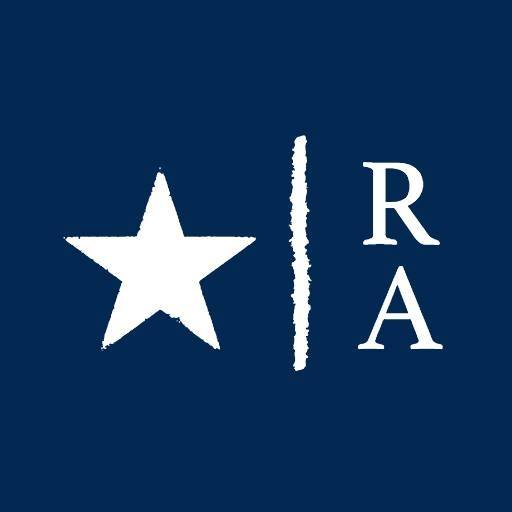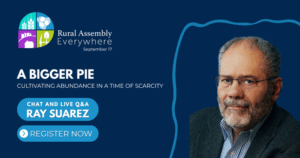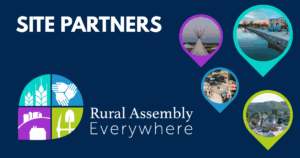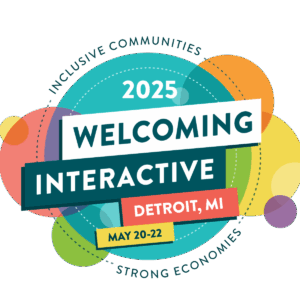Do you or someone you know need help paying for internet access?

By Rebecca Stern
Do you or someone you know need help paying for internet access? A new program from the FCC — the Affordable Connectivity Program — may help.
What is the Affordable Connectivity Program?
The Affordable Connectivity Program (ACP) provides eligible households $30 per month off their internet bills. People on tribal lands will receive $75 per month off broadband costs. ACP-eligible households can also receive a one-time discount of up to $100 to purchase a laptop, desktop computer, or tablet from certain participating providers, with a small copay. Twenty major internet providers have committed to offer ACP-eligible households a high-speed internet plan for no more than $30/month. Eligible families who pair their ACP benefit with one of these plans can receive high-speed internet at no cost.
Who qualifies for the ACP?
You or someone you know may qualify for ACP if…
- You or they receive Women, Infants and Children (WIC) supplemental nutrition benefits or SNAP.
- You or they participate in free and reduced school meals or Pell grant programs.
- You or they receive Supplemental Security income (SSI), Medicaid, Federal Public Housing Assistance (FPHA), SNAP, or Veterans Pension and Survivor Benefits.
- You or they participate in the Lifeline program.
- Your or their income is below 200% of the federal poverty guidelines.
- You or they participate in Bureau of Indian Affairs General Assistance, Tribal TANF, Food Distribution Program on Indian Reservations
Why it’s important
People in rural and Tribal lands lack access to broadband more often than their urban counterparts. According to the FCC, 22.3 percent of Americans in rural areas and 27.7 percent of Americans in Tribal lands lack coverage from fixed terrestrial 25/3 Mbps broadband, as compared to only 1.5 percent of Americans in urban areas.
Have people had challenges signing up?
Language, outreach, and providers are the main challenges, advocates of the program said earlier this year. The language of the application can appear intimidating and there is a need for bilingual resources and translators to increase accessibility. Many eligible households are not aware of the program, they said. Also, the major internet providers offering the $30/month plans cover about 80% of the U.S. population, and the 20% that are uncovered are disproportionately from rural areas.
How can I sign up?
You can enroll through an approved provider or sign up for the Affordable Connectivity Program at GetInternet.gov
How can I help others learn about the ACP?
The FCC offers 10 ways you can help others learn about the ACP and offers printable and digital resources in this consumer outreach toolkit.
- Help Your Community Enroll: Sign up as an enrollment partner today at fcc.gov/ACP.
- Spread the Word: Are you organizing school packet pick-ups or a local food drive? Download and print out ACP flyers to include in pick-up materials: fcc.gov/acp-toolkit.
- Request Printed Materials: Printed versions of FCC ACP Outreach Toolkit materials are available. Send an email to [email protected] and provide details on what you need.
- Connect with Local Institutions: Ensure schools, libraries, health clinics, and community centers know about the ACP and have the information they need to help eligible students and patrons enroll.
- Involve Your Local Government: Does your local employment assistance or social services office have ACP information? Put Outreach Toolkit materials in the hands of people who interact with the public – teachers, healthcare providers, and community workers.
- Share ACP Info on Your Websites and Social Media: The FCC has ready-to-post graphics, videos, and PSAs available for you to share with your network in the ACP Outreach Toolkit.
- Request a Speaker for an Event: Have a local event coming up? Want to train your members to serve as local ambassadors for ACP? Send a speaker request to [email protected].
- Help Connect the Unconnected: Download and print application forms in English or Spanish. (Application instructions). Households applying for ACP by mail should include a Household Worksheet and copies of their eligibility documentation. Worksheet in English and Spanish (Worksheet instructions.)
- Find Local Providers: Browse listings by state or territory at fcc.gov/acp-providers-by-state.
- Let EVERYONE Know: Spread the word about ACP on community bulletin boards, both online and around town!
If you have more questions, learn more from the FCC: https://www.fcc.gov/affordable-connectivity-program-consumer-faq








